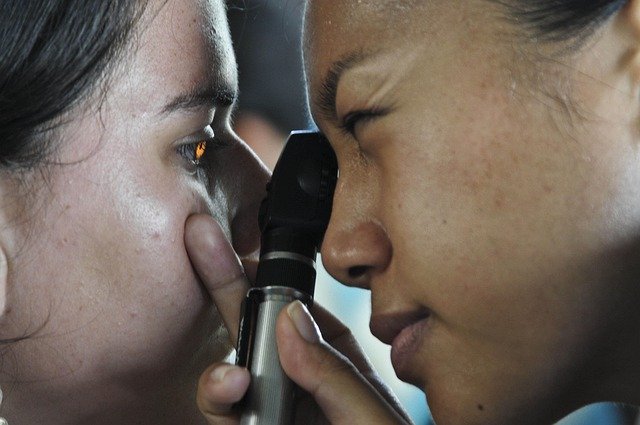Treatment Options for Chronic Dry Eyes: Eye Care for a More Comfortable Life
Chronic dry eyes affect millions worldwide, causing discomfort that ranges from mild irritation to significant vision problems. This persistent condition occurs when eyes don't produce enough tears or when tears evaporate too quickly, leaving the eye surface inadequately lubricated. Modern medicine offers various effective treatments that can significantly improve quality of life for those suffering from this condition.

Living with chronic dry eyes can significantly impact daily activities, from reading and computer work to driving and enjoying outdoor activities. This condition affects people of all ages but becomes increasingly common with aging, hormonal changes, and environmental factors. The good news is that numerous treatment approaches exist to manage symptoms and restore eye comfort.
Understanding Chronic Dry Eyes
Chronic dry eye syndrome, medically known as keratoconjunctivitis sicca, occurs when the tear film becomes unstable. The tear film consists of three layers: an outer lipid layer, a middle aqueous layer, and an inner mucin layer. When any of these layers becomes compromised, dry eye symptoms develop. Common causes include aging, hormonal changes during menopause, certain medications like antihistamines and antidepressants, autoimmune conditions such as Sjögren’s syndrome, and environmental factors like wind, smoke, or dry climates. Digital eye strain from prolonged screen time has also emerged as a significant contributing factor in our technology-driven world.
Treatment for Chronic Dry Eyes
Treatment approaches vary depending on the severity and underlying cause of the condition. Artificial tears remain the first line of defense, available in preservative-free formulations for frequent use. Prescription eye drops like cyclosporine A and lifitegrast help reduce inflammation and increase natural tear production. For moderate to severe cases, punctal plugs can be inserted into tear ducts to prevent tear drainage, keeping natural moisture on the eye surface longer. Advanced treatments include intense pulsed light therapy, which targets meibomian gland dysfunction, and autologous serum eye drops made from the patient’s own blood components.
Solutions for Itchy Dry Eyes
Itchy sensations often accompany dry eyes, creating a cycle where rubbing worsens the condition. Cool compresses provide immediate relief and can be applied several times daily. Warm compresses help unclog blocked oil glands in the eyelids, improving tear quality. Lid hygiene using gentle cleansers removes debris and bacteria that can exacerbate symptoms. Omega-3 fatty acid supplements, particularly those containing EPA and DHA, have shown promise in reducing eye inflammation and improving tear production. Environmental modifications such as using humidifiers, avoiding direct air currents, and taking regular breaks during screen time can significantly reduce itching and discomfort.
When to Seek Professional Help
While mild dry eye symptoms can often be managed with over-the-counter treatments, certain signs warrant professional evaluation. Persistent symptoms lasting more than a few days, vision changes, severe eye pain, or discharge require immediate attention. If artificial tears provide little relief after consistent use for several weeks, an eye care professional can assess for underlying conditions and recommend advanced treatments. Regular eye exams become especially important for individuals with autoimmune diseases, those taking multiple medications, or people experiencing hormonal changes. Early intervention often prevents progression to more severe stages that can affect vision quality.
| Treatment Type | Provider/Product | Cost Estimation |
|---|---|---|
| Artificial Tears | Systane, Refresh, TheraTears | $8-15 per bottle |
| Prescription Drops | Restasis, Xiidra | $300-400 per month |
| Punctal Plugs | Eye care specialists | $200-600 per procedure |
| IPL Therapy | Specialized clinics | $200-500 per session |
Prices, rates, or cost estimates mentioned in this article are based on the latest available information but may change over time. Independent research is advised before making financial decisions.
Successful management of chronic dry eyes often requires a combination of treatments tailored to individual needs. While the condition can be frustrating, most people find significant relief with appropriate care. Working closely with an eye care professional ensures the most effective treatment plan, helping restore comfort and protect long-term eye health. Regular follow-ups allow for treatment adjustments as needed, ensuring optimal outcomes for maintaining comfortable, healthy eyes.
This article is for informational purposes only and should not be considered medical advice. Please consult a qualified healthcare professional for personalized guidance and treatment.




